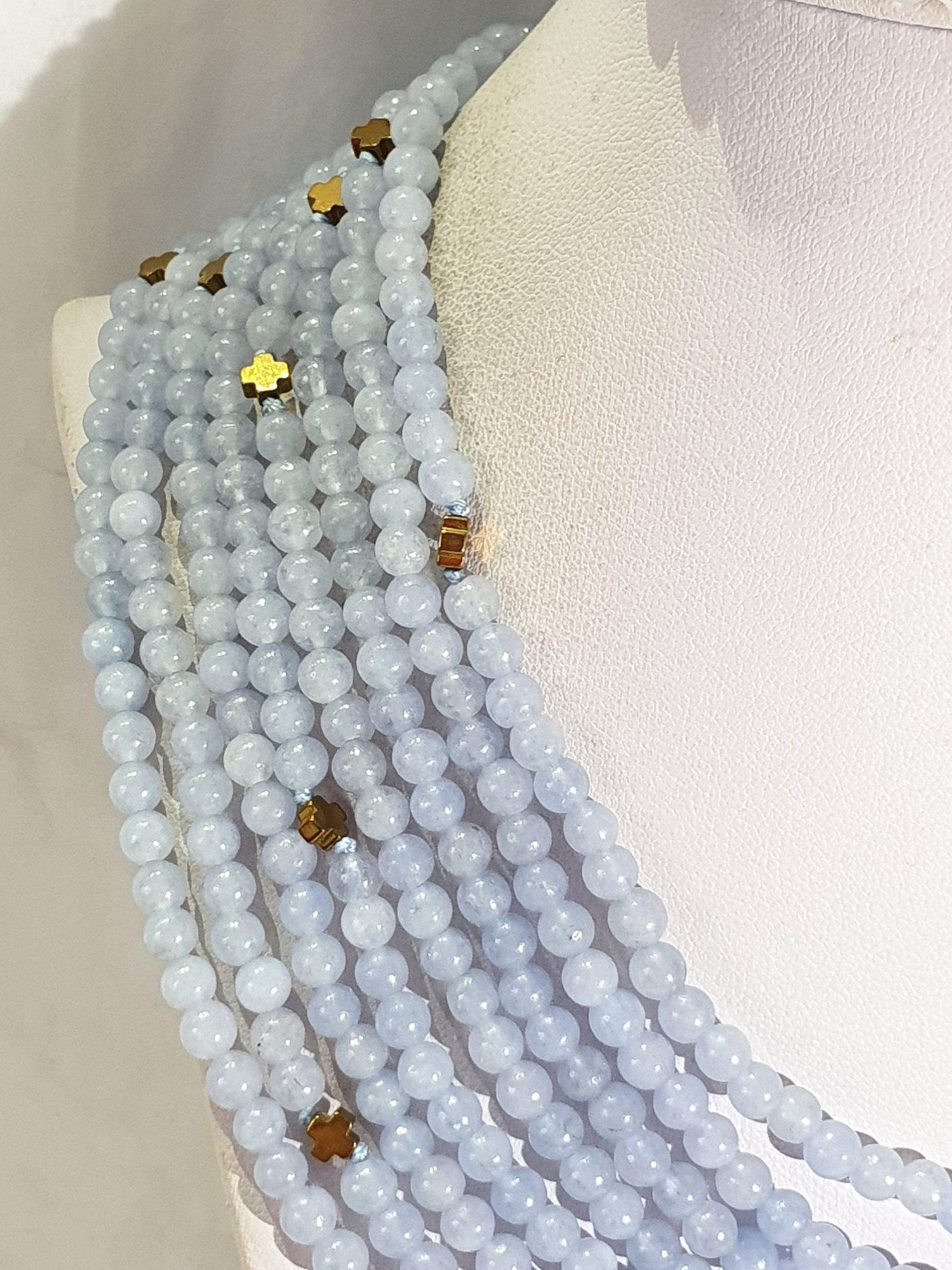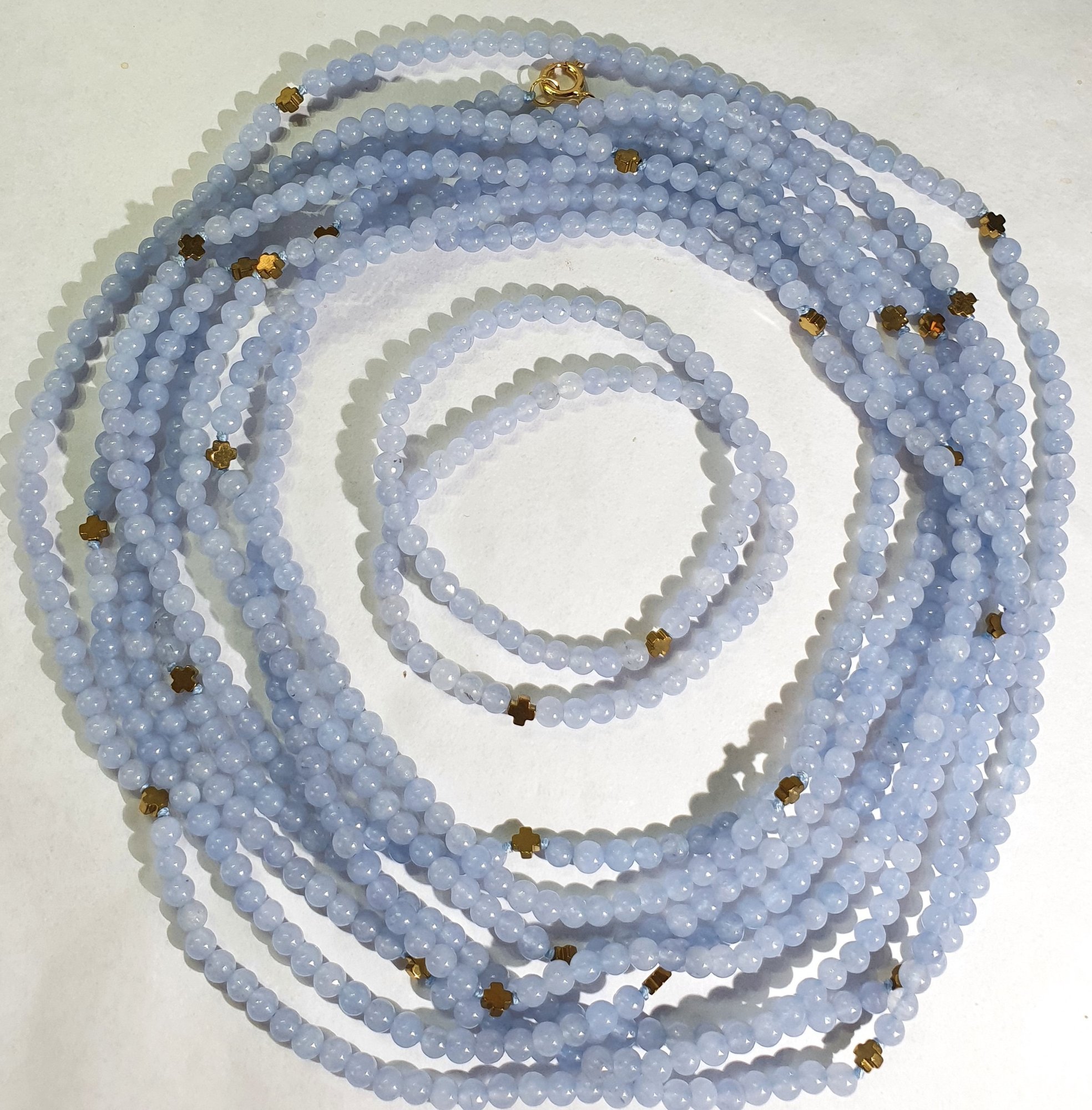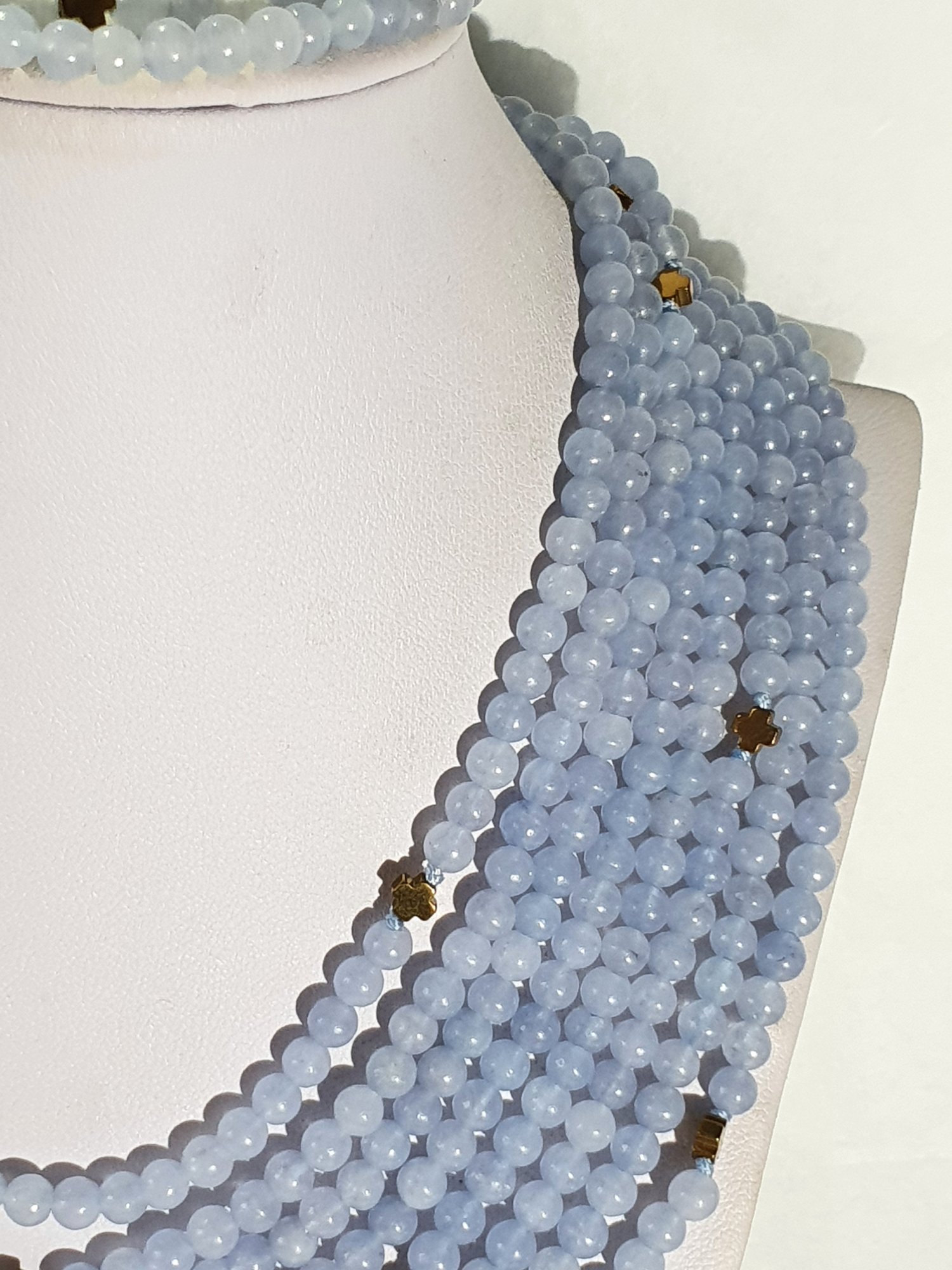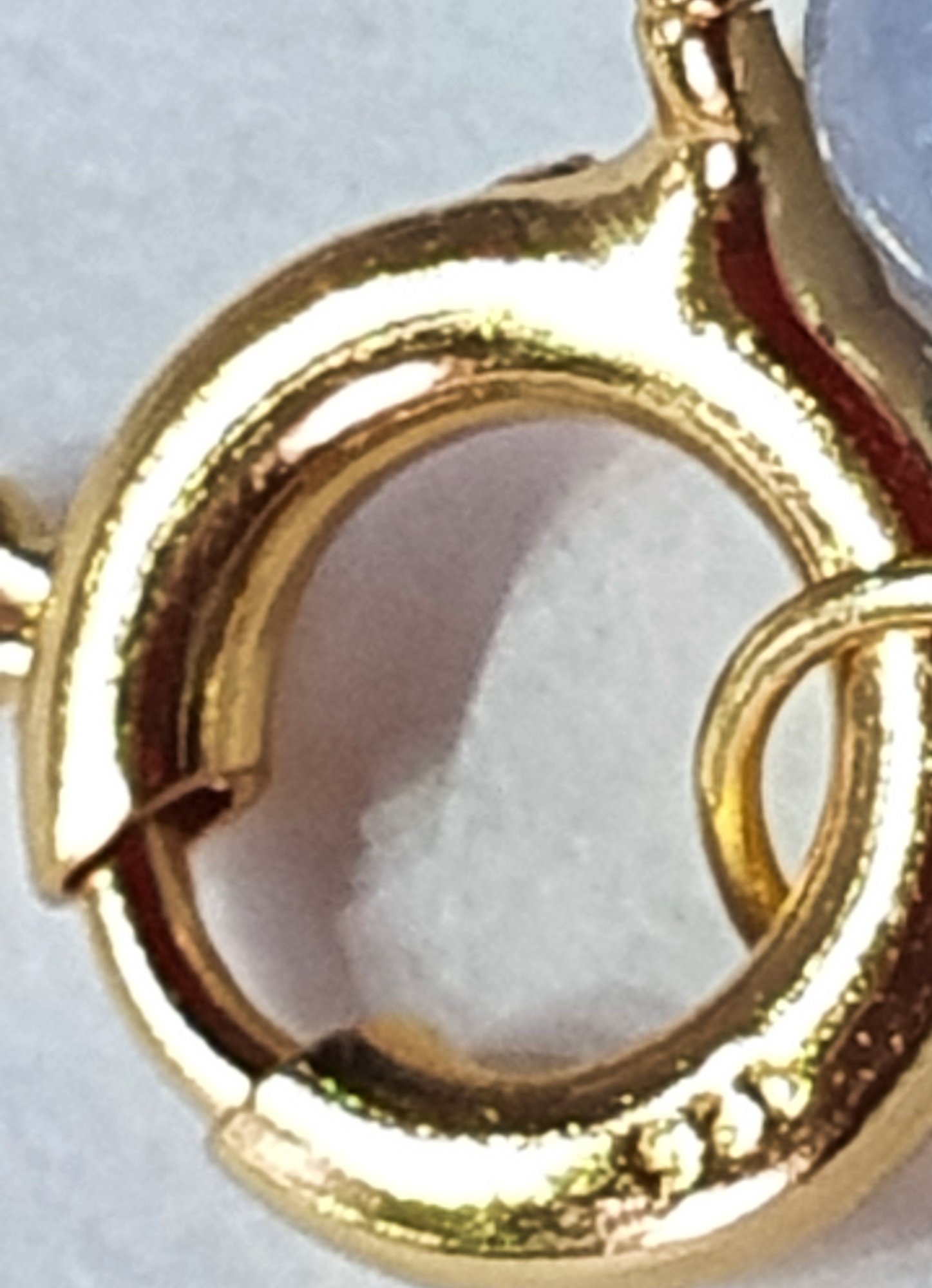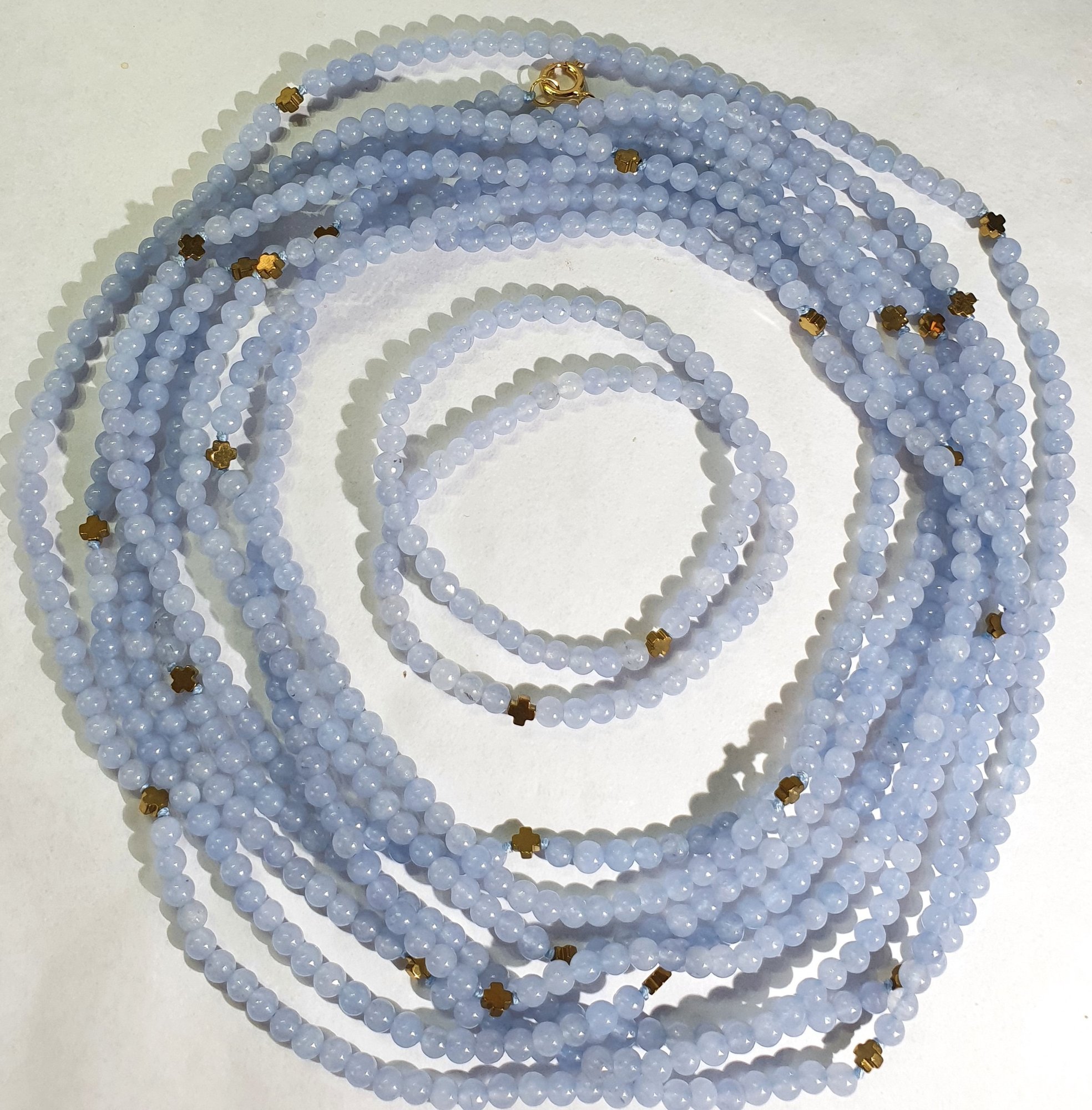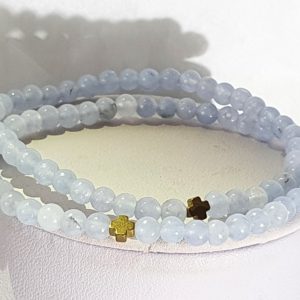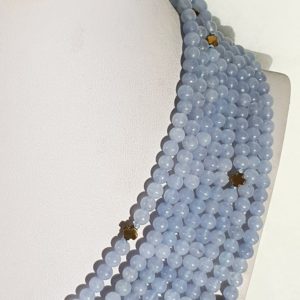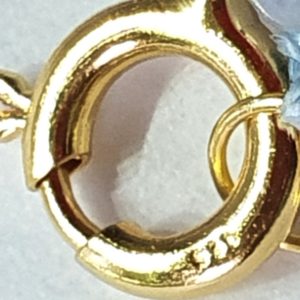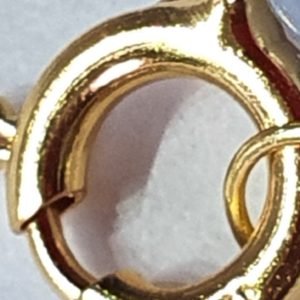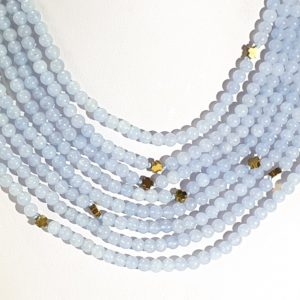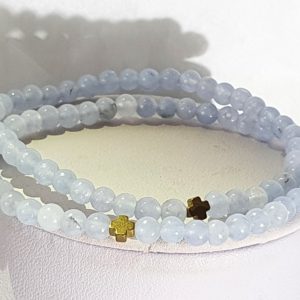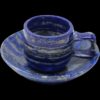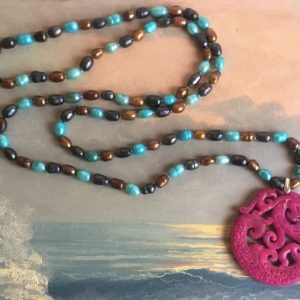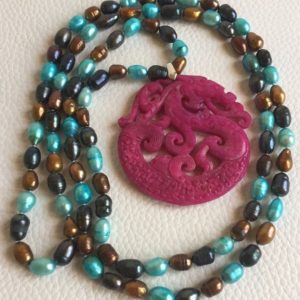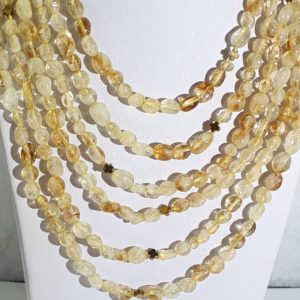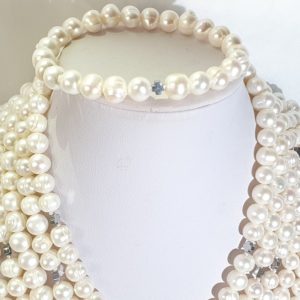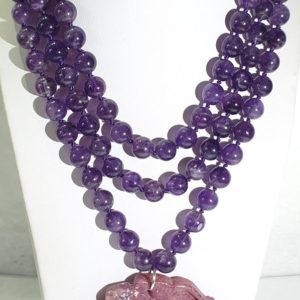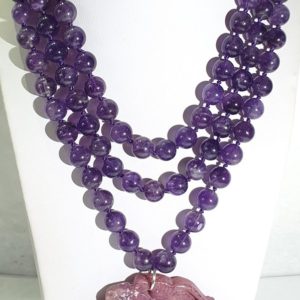Beautiful aquamarine necklace and 2 bracelets with Greek crosses (3) –
607 £ Original price was: 607 £.567 £Current price is: 567 £.
Beautiful aquamarine necklace and 2 bracelets with Greek crosses (3) – hematite – AAAA – 925 silver gold plated brooch – Second half 20th century
A spectacular long necklace and 2 bracelets of gold plated hematite Greek crosses (protection and balance) and aquamarines of the highest quality. The entire necklace has been spun by hand with knots on each cross and the clasp is made of gold plated 925 silver.
Material: aquamarine (top grade)
Size: 4/3mm
Greek crosses made of gold plated hematite
Necklace length: 332 cm
Gold plated 925 silver clasp – marked “925”
Professionally hand spun with knots on each cross
2 Aquamarine bracelets done in elastic band.
Origin: Spain
gift boxes
DIMENSIONS
WEIGHT
Beautiful aquamarine necklace and 2 bracelets with Greek crosses (3) – hematite – AAAA – 925 silver gold plated brooch – Second half 20th century
A spectacular long necklace and 2 bracelets of gold plated hematite Greek crosses (protection and balance) and aquamarines of the highest quality. The entire necklace has been spun by hand with knots on each cross and the clasp is made of gold plated 925 silver.
Material: aquamarine (top grade)
Size: 4/3mm
Greek crosses made of gold plated hematite
Necklace length: 332 cm
Gold plated 925 silver clasp – marked “925”
Professionally hand spun with knots on each cross
2 Aquamarine bracelets done in elastic band.
Origin: Spain
gift boxes
Greek cross (crux quadrata): An old type of cross with arms of equal length.
It is the most absolute simplification of the symbol. It is the concentration in its pure state.
The meaning of the Greek Cross is that of protection and balance, due to its symmetrical shape with arms of the same size. It is also believed that the Greek cross is a representation of God and on the other hand the Latin cross that we all know is the representation of the crucifixion of Christ.
The Greek Cross despite the fact that its name indicates that it was born and used mainly in Greece, it is not. The Greek Cross makes its appearance in the East by the Christians who inhabited those territories. The cross was based on the Immisa Cross where Jesus died but with the stick shortened, giving it a symmetrical aesthetic to be able to see it in the same way from any direction.
It is believed that the use of this cross in the East was influenced by the True Cross found in Jerusalem. Helena of Constantinople, also known as Saint Helena, dedicated her life to finding the relics of the True Cross (the cross where Jesus Christ was crucified). She traveled to Jerusalem in about 326 to discover its location. She finally said to find the place where the true cross and the tomb of Jesus was located. Then her son Constantine built a church at the request of her mother in the same place where there was already an ancient temple erected to Venus (for the Romans) or Aphrodite (for the Greeks). This church was known as the Church of the Holy Sepulchre, located in the area of the old city of Jerusalem.
After finding the cross where Jesus Christ died, Saint Helena cut off the lower part of the Cross (approximately a fifth of its height) and sent it to Rome as a relic, known as the Lignum Crucis. She then left the remaining cross in Jerusalem, which, having been sawn, was left in the shape of a Greek Cross.
Related products
Uncategorized
Necklace of Light and Dark Freshwater Cultured Pearls. Buddhist Agate Amulet with Dragons
Uncategorized
Set “Yin Yang” from Natural White and Black Pearls. – Wisdom and Harmony. Sterling Silver 925.
Uncategorized
Uncategorized
Uncategorized
Uncategorized
Uncategorized
Uncategorized



